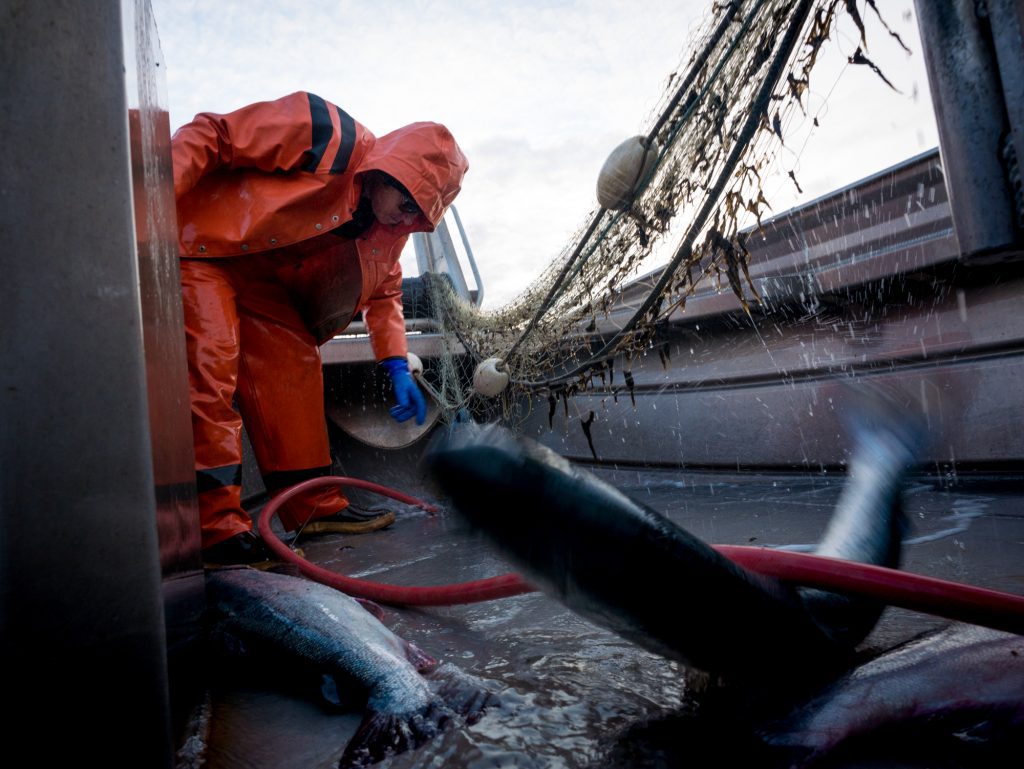
In a year when the fishery was shut down for 16 days, inflicting economic pain on gillnetters, the seine season proved a bright light overall for commercial salmon harvesters, said Chelsea Haisman, executive director of Cordova District Fishermen United.
“Many of us were nervous after the 2019 drought and uncertainties with what that meant for returns in 2021,” Haisman said. “My feeling is that a handful of gillnetters made an OK season of it by the end of the year, but it certainly was still a struggle for likely the majority of the fleet. Unfortunately, the fishery was shut down for 16 days when the prices were significantly higher than the latter part if the season – a loss of up to a quarter of the value for the same number of fish.
“It’s heartbreaking to see our community continue to struggle, to know it’s impacting families, our city’s fish tax revenue, and ultimately the city and school budget.”
One thing both Haisman and John Renner, vice president of CDFU, are hoping for at the upcoming Alaska Board of Fisheries meeting, is the return of a shared burden of conservation regulation on the Copper River.
“This triggered allocation reduction would reduce the number in the in-river goal so that commercial management would have more levity with opening the fishery on more moderate runs like this year’s,” Haisman said.
Overall, said Renner, 2021 was a good seiner season and a moderate gillnet season.
“It wasn’t bad. It wasn’t good. There were an awful lot of closures, and we have a serious problem on the Copper,” Renner said. “Our run has been allocated away from us.”
One of the ironies is the Copper River brand itself, one that Cordova’s fishermen and processors have put a lot of time and energy into building.
“Now, about a third of the fleet doesn’t want to fish on Prince William Sound,” Renner said. “They just want to fish on the river. They see it as their fishery, where they want to fish. We need a realistic system to access run strength and divide the amount available between various user groups. You need to determine your run strength first to see if anyone is going to fish.”
The bottom line, he said, is more protection is needed, especially for Chinook salmon. “There is too much harvest going on in appropriate places,” he said.
With the commercial coho salmon season winding down, the preliminary commercial salmon harvest for the Copper River and Prince William Sound stood at nearly 69 million fish as of Tuesday, Sept. 14. The catch included deliveries to processors of nearly 65 million pinks, 2.6 million chum, 1.3 million sockeyes, 199,000 cohos and 7,000 Chinooks.
Jeremy Botz, the Alaska Department of Fish and Game’s gillnet fisheries manager in Cordova, noted that the coho run is somewhat below average and that the number of boats fishing has declined. Still the ADF&G preliminary harvest data shows that coho deliveries in the Copper River district rose from about 75,900 to 111,000 fish in just a week.





